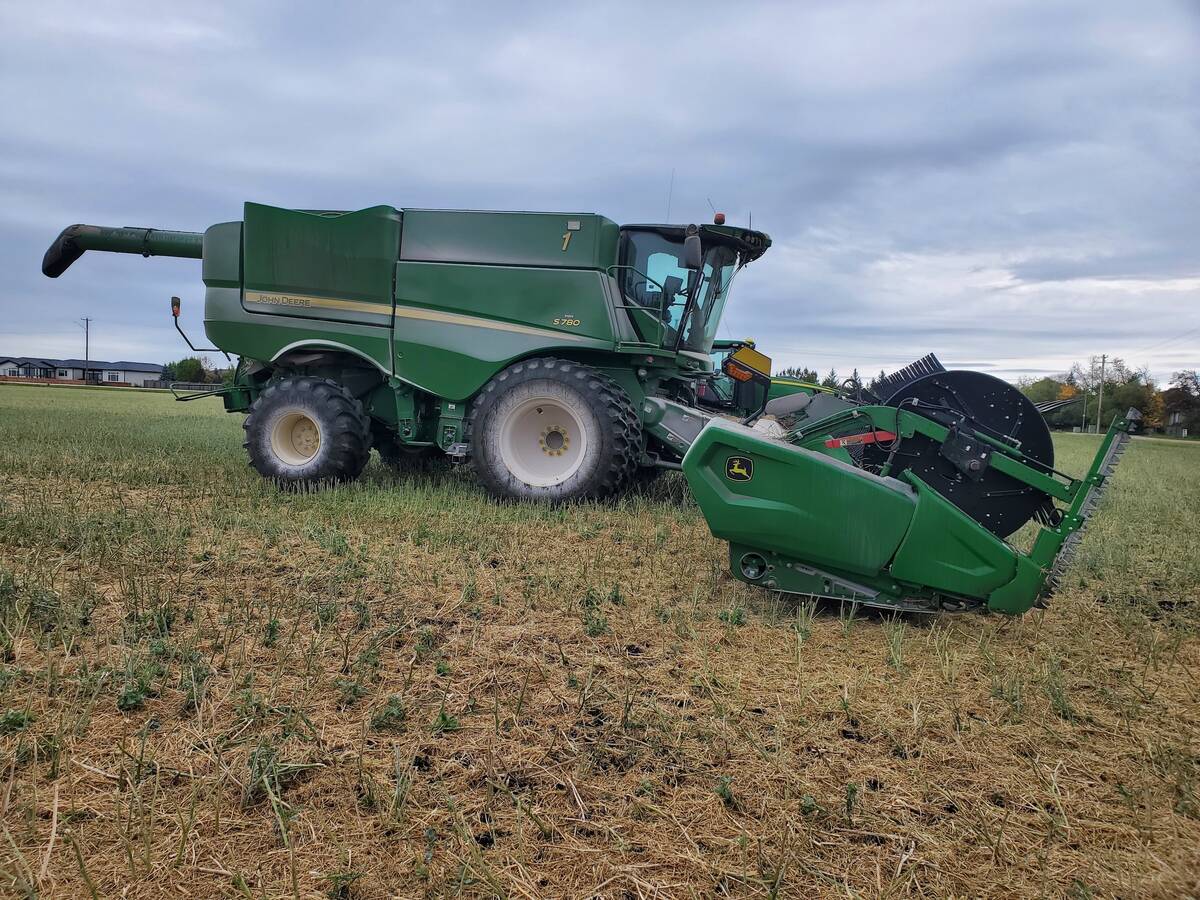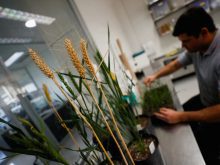The news of Canada’s fifth homegrown case of BSE barely caused a ripple of concern among cattle producers or in cattle markets.
The discovery of the disease in a six-year-old British Columbia dairy cow last week was not unexpected, said the president of the Canadian Cattlemen’s Association.
Hugh Lynch Staunton said the industry would continue to find cases of BSE, but it should do little harm to the cattle business, unlike the first case found in May 2003, which cost the cattle industry millions of dollars.
Read Also

Powdery mildew can be combine fire risk
Dust from powdery mildew can cause fires in combines.
“I don’t think it should mean anything. BSE typically stays around a long time and trickles on and on. We’ve taken all the food safety measures that need doing. It’s a question of playing it out,” said Lynch Staunton.
Samples sent to the National Centre for Foreign Animal Disease in Winnipeg were confirmed April 16. An investigation, conducted before receiving the final results, identified the animal’s exact date of birth in 2000 and its birth farm near Chilliwack in the Fraser Valley.
The positive finding marks the first case of BSE found in British Columbia.
George Luterbach, program manager of animal health for the western division of the Canadian Food Inspection Agency, said the animal had been in poor health before it was euthanized and its brain was sent for testing under the national surveillance program.
“At one point it became a downer and was not likely to recover,” said Luterbach.
No part of the animal entered the human food or animal feed systems.
Since the surveillance program was implemented, more than 100,000 high-risk animals have been tested. Five have tested positive, which is an indication of the low rate of BSE in Canada, he said.
“It is a very strong report that BSE is not widespread nor expanding.”
Over the weekend, CFIA officials began the search for the animal’s herd mates that were born during the same period as the infected cow. They have also begun an investigation of the feed source, the most likely source of contamination.
In 1997, Canada implemented a ban on making feed for ruminants from other ruminants to limit the possibility of the spread of the disease. Even though the cow was born three years after the feed ban, Canadians shouldn’t be overly concerned, said Lynch Staunton.
“It is recognized it may take a bit of time to work the contamination out of the system,” he said.
Luterbach said the dairy farmer had excellent feed and cattle records, which will help the investigation.
Canadian cattle officials have talked to their counterparts in other countries about the latest discovery, and have had little negative reaction.
On April 16, United States Department of Agriculture secretary Mike Johanns said at the invitation of Canadian agriculture minister Chuck Strahl, a USDA animal health expert will participate in the epidemiologic investigation.
“Information gathered through this investigation will help us to determine what, if any, impact this should have on our beef and live cattle trade with Canada. Based on the information currently available, I do not anticipate a change in the status of our trade.”
















